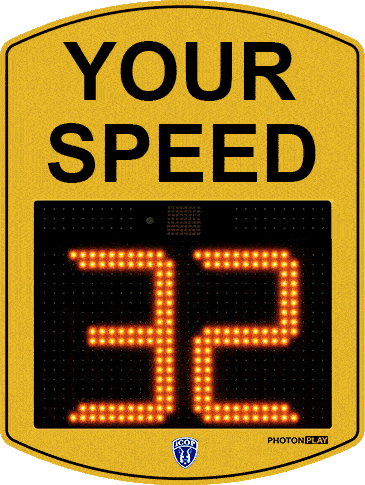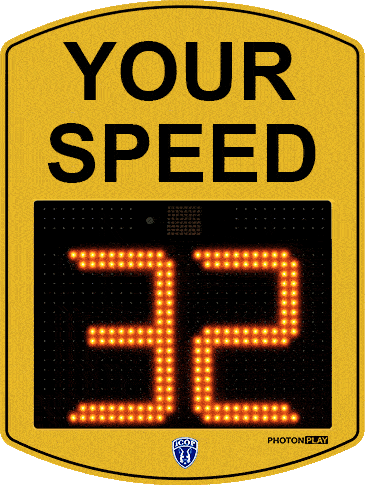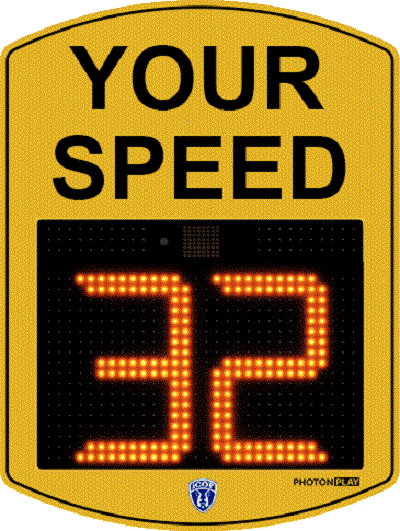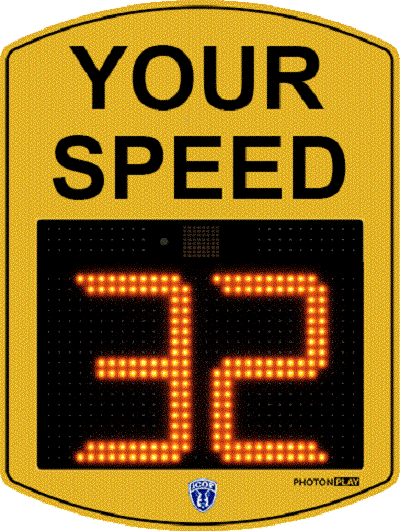HOME | DD
 photonnplay — Variable Speed Limit
photonnplay — Variable Speed Limit
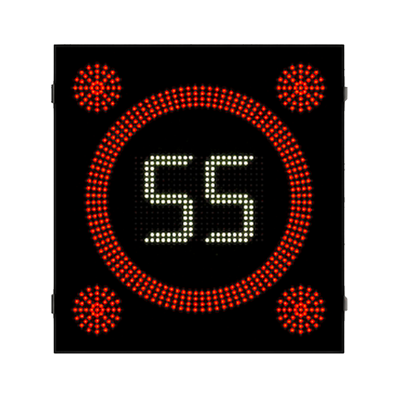
#roadsafety #trafficsignal #vms #trafficrules #vsls
Published: 2023-06-26 07:20:13 +0000 UTC; Views: 282; Favourites: 2; Downloads: 0
Redirect to original
Description
To protect the safety of both pedestrians and drivers, we must observe the posted speed restrictions while we travel through residential neighborhoods. It's essential to know the local speed restrictions if you want to create a safe atmosphere for everyone. We'll go into more detail in this blog and explain the average speed limits in residential zones. We aim to increase awareness and promote appropriate driving habits by examining this significant aspect of road safety.
The safety of locals, pedestrians, and drivers alike is greatly enhanced by the enforcement of speed limits in residential neighborhoods. These restrictions are intended to reduce the dangers of car collisions, protect vulnerable road users, including children and the elderly, and maintain neighborhood peace and livability. Following speed limits gives drivers more time to respond to unforeseen circumstances, lowering the risk of accidents and defending the safety of other road users.
General Guidelines for Neighborhood Speed LimitsThe normal speed restriction in residential zones in most jurisdictions is between 20 and 30 miles per hour (mph). It's crucial to remember that these restrictions can change based on regional laws and the nature of the road. Schools, parks, and other sensitive settings sometimes have reduced speed limits because of the higher pedestrian density there. The objective is to establish a more secure atmosphere that promotes biking, walking, and social contact.
Factors Influencing Neighborhood Speed LimitsThe setting of neighborhood speed limits is influenced by several variables. These elements include the layout of the road, pedestrian activity, the presence of playgrounds or schools, the presence of roundabouts or speed bumps, the history of accidents, and pedestrian activity. To set speed restrictions that are appropriate for the needs and features of each neighborhood, local authorities carefully consider these factors.
Variations in Speed Limits Across RegionsWhile there are general guidelines for neighborhood speed limits , it's important to note that these limits can vary across different regions and jurisdictions. In some areas, the speed limit may be set at 25 mph, while in others, it may be 30 mph. Local regulations and community input play a vital role in determining the appropriate speed limits for each neighborhood. Drivers need to familiarize themselves with the specific speed limits in the areas they frequent to ensure compliance and safety.
Enforcement and ComplianceSpeed limits must be strictly adhered to ensure compliance and preserve safe neighborhoods. Speed cameras, routine patrols, community education campaigns, and other methods are used by local law enforcement authorities to monitor and enforce speed restrictions. Drivers need to be aware that going over the speed limit can result in penalties, license points, or even the need to complete obligatory driver development programs. Respecting speed restrictions shows a dedication to the community's security and welfare.
ConclusionIt is not only required by law but also a commitment to the security and welfare of our communities to recognize and abide by the speed limits in most areas. We may encourage appropriate driving habits and establish safe settings for residents and pedestrians by comprehending the relevance of speed limits and the reasons for setting them. We can navigate our neighborhoods with caution, respect, and a shared commitment to safeguarding the lives and tranquility of people around us if we work together to implement adequate enforcement, engage the community, and prioritize road safety. As we work to create safer and more peaceful neighborhoods, let's embrace responsible driving.

